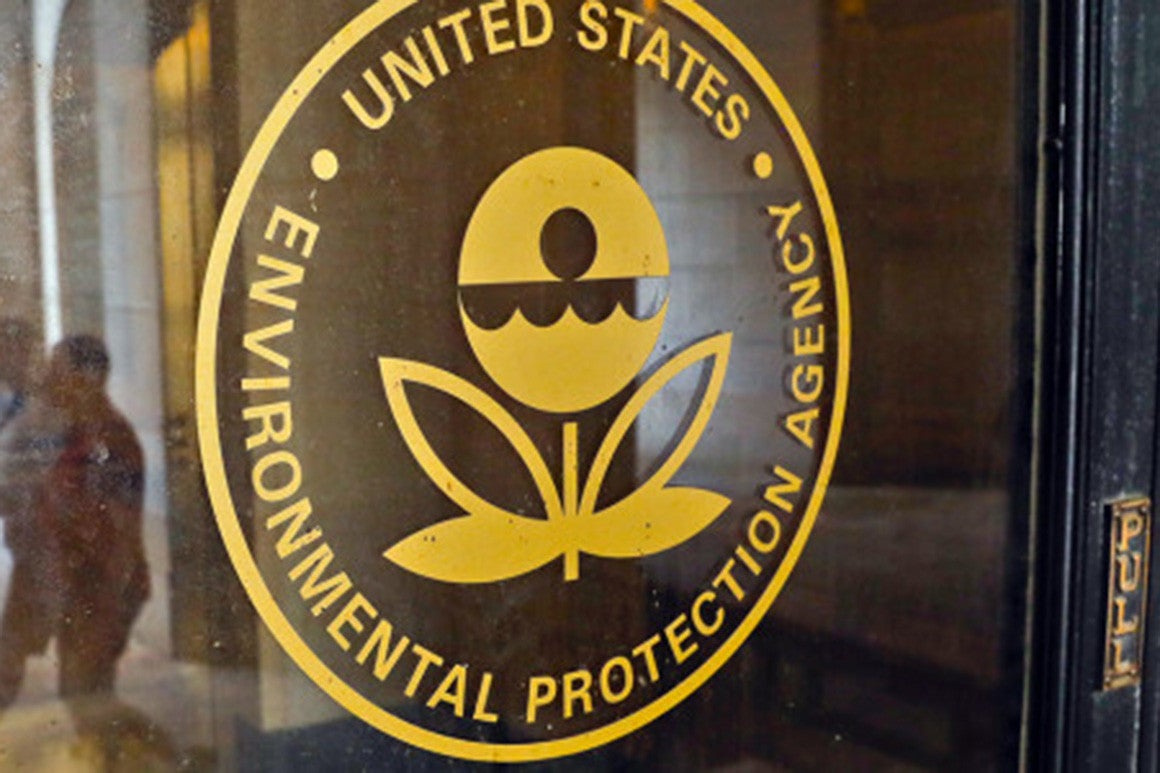The Case of the Missing PFAS
By Lauren Ellis, MPH, Research Analyst, Environmental Health and Samantha Liskow, Lead Counsel, Health
NOTE: In a recent blog post, EDF called for EPA to revoke PFAS approved through the agency’s “low volume exemption” (an LVE is an exemption from a full safety review for new chemicals produced in quantities less than ~10 tons) and to instead require all PFAS to undergo a full safety review under the Toxic Substances Control Act (TSCA). Last month, EDF and other groups, represented by Earthjustice, formally petitioned EPA to do just that.
What Happened: We recently discovered that EPA is withholding the names of over 100 PFAS chemicals approved as LVEs—claiming that releasing that information would reveal “confidential business information” (CBI).
Why It Matters: PFAS causes harm to both the environment and to human health—including reproductive, developmental, and cancer-related effects. Given growing concerns about the risks of PFAS, the public has the right to know if they are being exposed to PFAS, especially those approved through exemptions to EPA’s new chemical safety review process.
Our Take:
- EPA should reveal the identities of the missing PFAS LVEs. If doing so would reveal CBI, EPA should work with PFAS manufacturers to craft a name that clearly communicates PFAS class membership.
- EPA should require full safety review for all PFAS, including those previously approved through exemptions.
GO DEEPER…
A Riddle, Wrapped in a Mystery, Inside an Enigma…
In our research on PFAS LVEs, we found a troubling discrepancy—EPA’s website says there are “over 600 granted PFAS LVEs”—but its public list includes only 488.
When we asked for a list of the missing chemicals, EPA declined to provide it, claiming that doing so would reveal “confidential business information” (CBI).
The agency explained that the missing chemicals do not contain the term “fluor” in their “generic” names (names companies design to withhold specific features of their chemical’s structure), and therefore EPA would be divulging CBI if it identified these chemicals on a list of PFAS LVEs.
But public disclosure that a chemical belongs to the very large PFAS chemical class is far from disclosure of the specific chemical structure.
CBI is meant to protect companies’ legitimate trade secrets, not enable them to conceal that their products belong to the PFAS chemical class. The hundreds of generic names on EPA’s public list of PFAS LVEs is evidence that companies can (and do) create descriptive generic names for their PFAS.
What’s in a Name?
PFAS are carbon-based chemicals that contain fluorine. As such, the term “fluor” is included in the specific names of all PFAS.
However, under the Toxic Substances Control Act (TSCA), companies seeking EPA approval of their new chemicals may withhold the specific names of those chemicals if they can demonstrate that—among other considerations—disclosure of the names would cause “substantial harm to the [company’s] competitive position.”
If companies do claim that the specific name of their chemical is confidential, and withhold it, TSCA requires them to provide EPA with a “structurally descriptive generic name” for public disclosure.
It’s important for companies to include the term “fluor” in the generic names of their PFAS because this is the only way others can identify it as a potential PFAS. This is necessary for both the public to be able to identify generically named PFAS and for chemical importers and users to understand their supply chains and comply with regulations.
The Plot Thickens…
Unfortunately, companies do not always include “fluor” in the generic names they give their PFAS.
Trump-era EPA general guidance for creating generic names specifies that companies can use the broader term “halo,” rather than “fluor,” to mask the fact that the specific halogen (“halo”) in their chemical is, in fact, fluorine (“fluor”). When companies do use the term “halo” instead of “fluor” to generically name their PFAS, they prevent detection of the chemical as a PFAS—leaving the public and other stakeholders in the dark.
There is another problem too. The term “halo” is not a sufficient substitute for “fluor” when crafting “structurally descriptive” generic names of PFAS, as required under TSCA. That is because PFAS have physical and chemical properties (particularly, those that lead to extreme persistence in the environment) that are distinct from most other organic compounds that contain halogens and contribute to PFAS risk.
Don’t You Want to Know a Secret?
From EPA’s PFAS Strategic Roadmap to the National Academy of Sciences’ recent report on PFAS clinical guidance, federal guidance clearly lays out the risks from PFAS exposure and encourages PFAS exposure reduction.
And the public has heard that message. The growing evidence that PFAS causes harm to both the environment and to human health—including reproductive, developmental, and cancer-related effects—has made consumers understandably eager to avoid exposure.
But when EPA hides behind subtly misleading generic names, citizens are denied the right to protect themselves. One example: How are doctors and patients supposed to successfully prevent and/or treat PFAS-related health conditions if they can’t be sure a chemical is a PFAS?
Public interest—and TSCA—demand that companies provide meaningful generic names for all chemicals, including PFAS, and particularly those exempted from a thorough safety review.
EPA Has All the Clues: It’s Time to Solve the Mystery
In line with its commitment to deal with the urgent public health challenge posed by PFAS, EPA should reverse its decision to withhold the identities of the more than 100 PFAS LVEs missing from its public list. If such disclosure would reveal CBI, EPA should work with PFAS manufacturers to craft a meaningful generic name that communicates PFAS class membership.
In addition to making the missing PFAS LVEs public, EPA should require that a “structurally descriptive generic name” for this class of chemicals include “fluor,” and preferably also the more accurate “poly” or “per” fluor. This level of specification is both necessary and important, given PFAS’ distinct properties.
Finally, EPA should revoke its exemptions from full safety review for existing PFAS, and also—as we petitioned EPA last year—stop approving exemptions for new PFAS moving forward.
Updated November 11, 2022.













